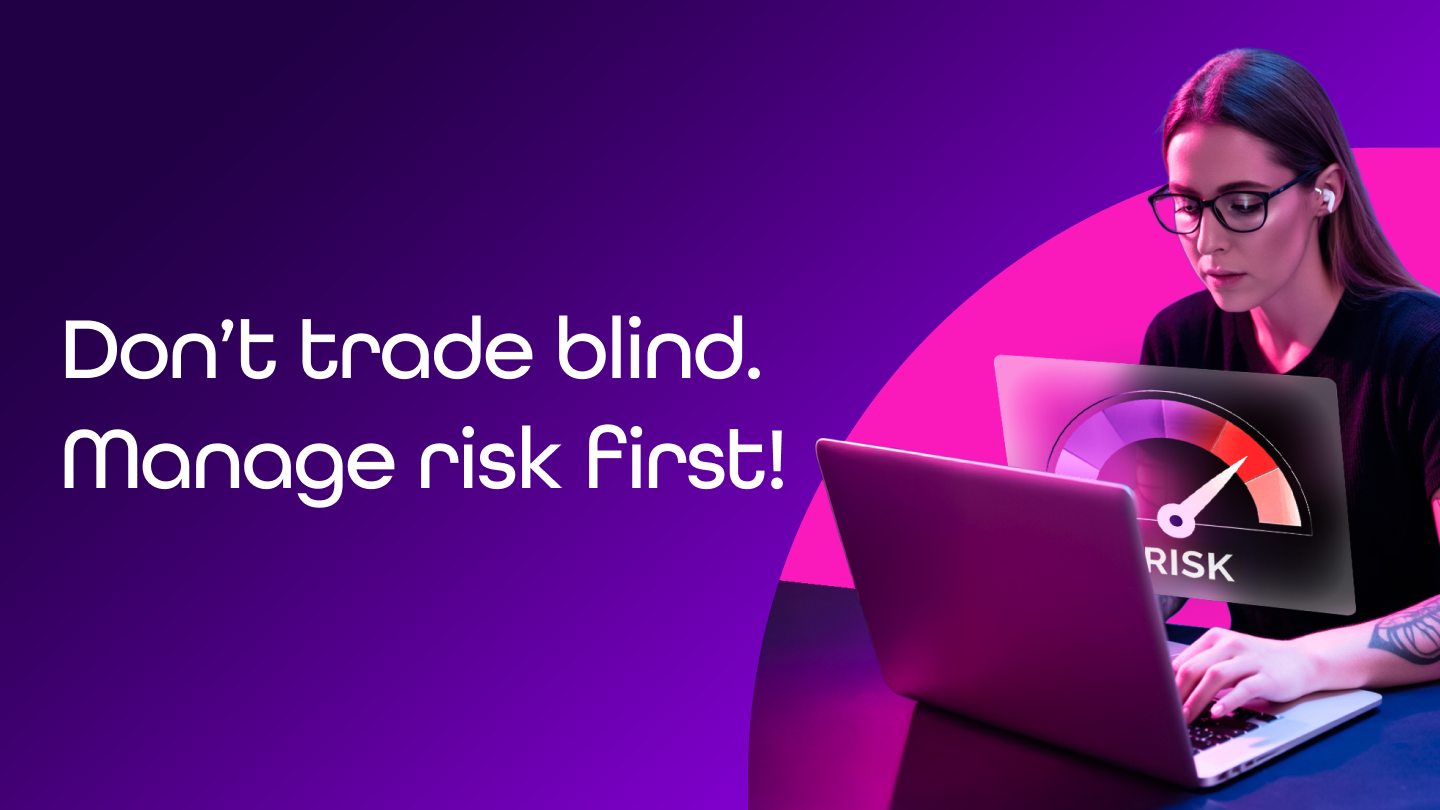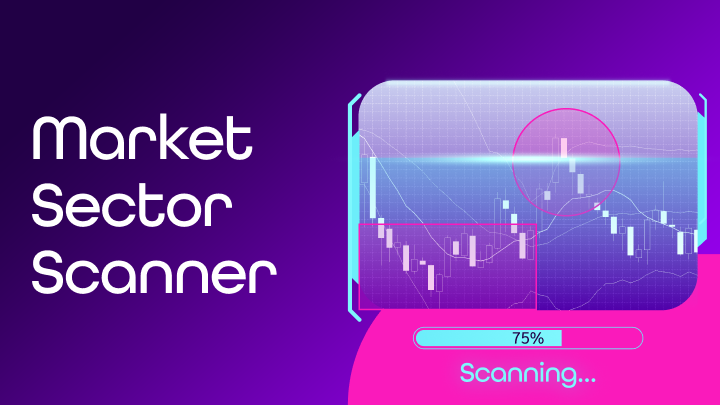What is risk management in trading and why you won’t survive without it
Wanna survive longer than just a few weeks in the world of forex? Then proper risk management in forex isn’t optional — it’s essential. In this article, you’ll discover what risk management is in trading, why most beginners ignore it, and how you can easily add it to your strategy without being a math nerd.

Why most traders lose money (and what it has to do with forex risk management)
Most new traders think it all comes down to finding the perfect entry. And guess what? That’s a huge mistake.
Research shows that up to 90% of retail traders end up losing money in the first few months. Not because they can’t read charts — but because they ignore the basics of risk management in trading.
If you open a trade without a plan:
- you have no idea how much you’re risking,
- you don’t know where your stop-loss should go
- and worst of all — you don’t even know if the trade is worth taking.
One study (Dash et al., 2019) showed that companies actively managing currency risk achieved significantly better results than those relying on market predictions. And we’re talking about corporations with full-time risk managers here. What does that tell us? That if you don’t have a risk plan, you’re trading at a disadvantage — simple as that.
So the real question isn’t “what to buy or sell,” but: “Do I even have a reason to enter this trade if I don’t know my risk?”.
What is risk management in forex trading
Risk management in forex is a set of rules and techniques that help traders protect their capital, limit losses, and maximize profits.
If you’re wondering what risk management is in trading, it’s basically about knowing how to size your positions, set your stop-loss levels, and work with your risk-to-reward ratio (RRR) so your account doesn’t blow up.
💡 Remember
The goal of proper forex risk management is long-term growth, without crazy drawdowns or emotional chaos.
What happens when you don’t manage risk
Let’s talk about John.
He’s got 500 bucks in his trading account, sees a breakout on GBP/JPY, and decides to go all-in. No stop-loss. Thirty minutes later, news from the Bank of Japan drops, price flips, and… John’s account is now $72.
Sounds extreme? Sadly, it’s a super common story.
When you ignore risk management trading, you fall into these traps:
- Overtrading – “Just one more trade, this one will work for sure…”
- Revenge trading – chasing losses with even worse decisions
- Oversized positions – “This setup looks so good, let’s go big!”
And emotional decision-making is one of the biggest reasons retail traders fail — confirmed by the study Risk Management Analysis and Investment Strategy (Jalal, 2008). Without a clear system, traders react impulsively, lose money, and eventually give up on trading altogether.
So what can go wrong without proper forex money management?
- You lose too much on a single trade,
- you burn your account too fast,
- you lose motivation and confidence.
In short: without trading risk management, you risk not just your money — but your mindset too.
What happens when you start managing risk
You start planning. Suddenly, you know:
- how much you can lose at most,
- when to exit the trade,
- what position size is actually safe for your account.
And guess what? You stop gambling — and start trading.
✅ Confidence and calm
You don’t freak out anymore when a trade moves against you. You’ve got your stop-loss in place, and even if the trade fails, it won’t break you.
✅ Better long-term results
In the study by Dash et al. (2019), companies using forward contracts to hedge currency risk had the best return-to-risk ratio. Why? Because they had their risk under control before the trade even started.
✅ Profit even with a lower win rate
With a proper risk/reward ratio (like 1:2), you can win only 40% of the time — and still make money. That’s the beauty of forex money management.
✅ Resilience to losses
Losing trades? No big deal. You know how to cut your losses and survive another day on the market.
How to start trading with risk management (step-by-step)
Here’s a simple plan to help you apply trading risk management starting tomorrow. Doesn’t matter if you’re still on a demo or already live.
Step 1: Calculate your position size
Use the 1.5% rule — never risk more than 1.5% of your account on a single trade.
Example: You’ve got $1,000 in your account → max risk per trade = $15. If your stop-loss is 30 pips, each pip can be worth max $0.50 → you’ll use a position size of 0.05 lots (5 micro lots).
Step 2: Set a proper stop-loss
Stop-loss isn’t “just somewhere below support.” It’s the level where your trading idea no longer makes sense.
In the Dash et al. (2008) study, companies using forward hedging were profitable because they defined their maximum loss up front — so they could react quickly if things went wrong.
Step 3: Define your take-profit target
If you’re risking $15, your first target should be at least $30 profit = 1:2 ratio. That means even if only 50% of your trades win, you’re still profitable.
Step 4: Track your stats
If you want to do risk management in forex, you need to know what’s actually working. Guessing won’t get you far. Keep a basic trading journal or spreadsheet where you track:
- number of trades opened,
- wins vs. losses (e.g. 43 wins, 57 losses),
- total profit vs. total loss,
- avg. profit per winning trade (e.g. +$25),
- avg. loss per losing trade (e.g. –$15).
This helps you easily calculate:
- your win rate,
- your risk/reward ratio,
- and most importantly — whether you’re growing or burning your account
Without these numbers, risk management forex becomes pure luck. You’re just shooting in the dark.
Step 5: Have a Plan B
What if your trade starts going against you, but hasn’t hit your stop-loss yet? You’ve got two solid options:
- Scale Down: Reduce your position to limit the damage.
- Hedge: Open an opposite trade to “buy time” and give the market space to move. This is a more advanced strategy, so only use it if you know what you’re doing.
Both methods are used in real institutional trading too. In one study (Jalal, 2008), hedging helped firms stabilize portfolio performance during volatile market periods.
How risk-managed trading looks in practice
Imagine having a trading journal. But instead of random notes, it shows:
- exact entries and exits,
- predefined stop-losses,
- risk/reward ratio of 1:2 or more,
- 50% win rate — and a growing account,
- most importantly, peace of mind.
Sounds like a dream? It’s not. It’s what happens when forex risk management becomes part of every trade you make.
According to the same research (Jalal, 2008), mental stability and discipline are what separate consistently profitable traders from the ones who burn out. A solid risk management system removes emotional mistakes — and gives you control over your trading life.
✅ What you’ll gain with risk management in forex:
- you’ll survive losing streaks without blowing up,
- you’ll make your results more consistent,
- you’ll trade with less fear, greed, or panic,
- and most of all — you’ll level up from a gambler to a serious trader.
Conclusion: Without risk management, trading is just roulette
And let’s be real — you’re not here to gamble. You’re here to grow, learn, and get better. Whether you’ve got $100 or $10,000 in your account, risk management in trading is your best friend.
So next time you see a “perfect setup,” ask yourself: “Do I have a risk plan for this trade?”
If the answer is yes — go for it.
If not — hold off. The market’s not going anywhere.
Resources
Jalal, A.A., 2008. Risk Management Analysis and Investment Strategy of the Mutual Funds Industry in Pakistan. Munich Personal RePEc Archive. [online] Available at: https://mpra.ub.uni-muenchen.de/9975/ [Accessed 28 May 2025].
Dash, D.K., Sahoo, J. and Ghosh, A., 2019. Effectiveness of Forward Exchange Risk Hedging: Empirical Evidence from Indian Companies. Asian Journal of Pure and Applied Mathematics, 1(2), pp.94–109.
Brennan, M.J. and Schwartz, E.S., 2009. Evaluating Natural Resource Investments. [online] SSRN Electronic Journal. Available at: https://ssrn.com/abstract=1326462 [Accessed 28 May 2025].
The5ers, 2024. Risk Management Strategies: How to Control Risk in Trading. [online] The5ers. Available at: https://the5ers.com/risk-management-strategies/ [Accessed 28 May 2025].
The5ers, 2024. Forex Money Management: Complete Guide for Traders. [online] The5ers. Available at: https://the5ers.com/forex-money-management/ [Accessed 28 May 2025].



